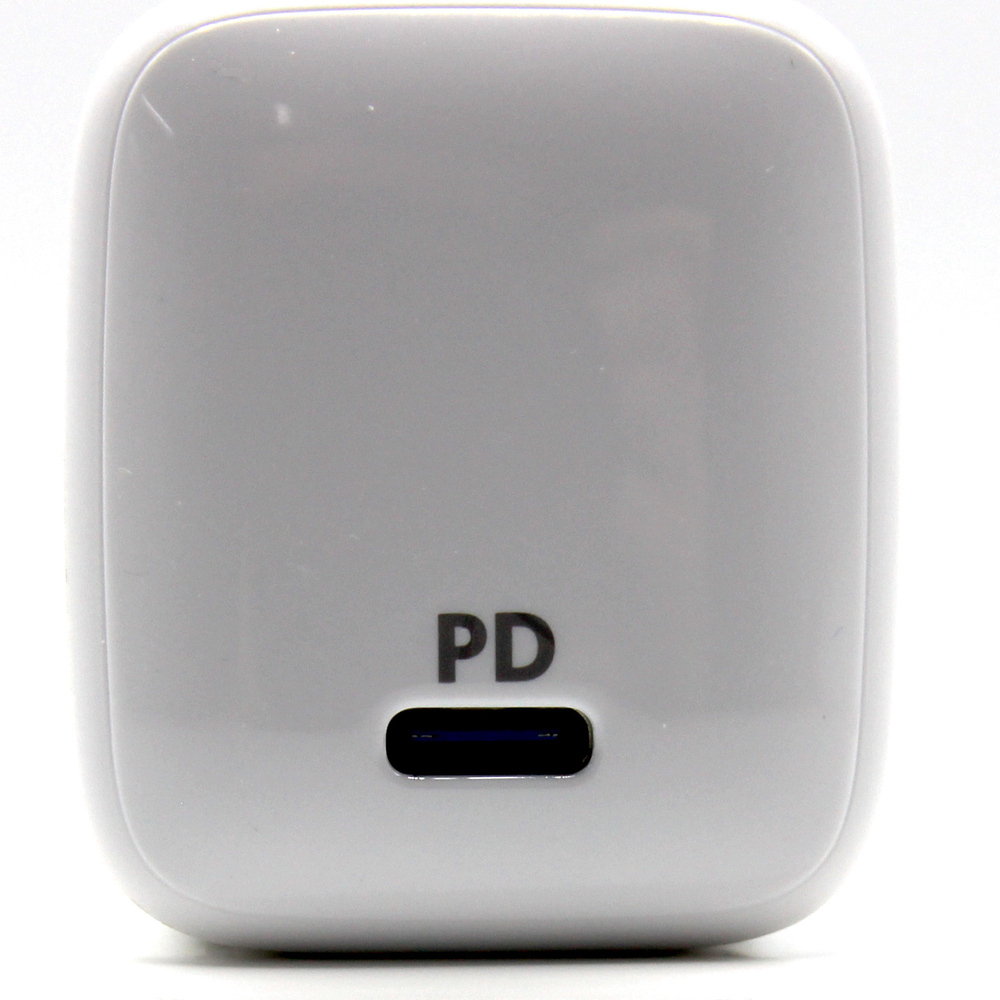USB-C Power Delivery
USB has been around since the late ’90s. It should be something that most people know about even if they do not understand much about how it works. However, it is only fairly recently, with the introduction of USB-C, that USB has become a major player in the power-delivery arena.
Power delivery is a generic term for devices that can supply power to other devices. While older USB connections (USB type A, USB mini, and USB micro) could be used for charging and power, their utility was limited to one device. Furthermore, the amount of power they could provide was also limited. For USB 2.0, a maximum of 2.5W (5V at 500mA) could be supplied. For USB 3.0, that maximum rose to only 4.5W (5V at 900mA). As devices got more and more hungry for power, these limitations became severe. Later specs provided 7.5W (5V at 1.5A) and 15W (5V at 3A), but even these levels were limiting to some devices.
With the introduction of USB-C the USB Implementers Forum (USB-IF) delivered a few very nice perks to the public. Firstly, they made the USB-C connector reversible. No more worrying about which side goes up and which goes down because with USB-C it does not matter anymore. Secondly, they made USB-C bidirectional. This means that power can be delivered by devices connected to either end of the cable. Lastly, they built USB-C with the capacity to support a much more diverse power scheme. In fact, there are many devices today that use USB-C solely for charging, using none of its data capabilities.
To prevent a free-for-all among device and cable manufacturers, the USB-IF has introduced a new standard called the “USB Power Delivery Specification” (click here for more information). This specification, called USB-PD for short, is extremely important because it stipulates how devices at each end of a USB-C cable must behave. It provides a means for power and data-speed levels to be negotiated. This ensures that the charging end is not asked to source more power than it can possibly provide and that the device being charged is not overcharged or given more power than it can handle. This protects these potentially expensive devices from damage.
In the past, each USB device had its own dedicated charger. With USB-C this is no longer necessary. USB-PD allows a USB-C charger to provide up to 100W (20V at 5A) of power. With its larger power budget, a USB-C charger can charge multiple devices at once, even very different devices, from cell phones and laptops to cameras and drones.
This means that the power adapter nightmares of the past might finally disappear. Instead of having to keep track of a whole bunch of chargers at home and in the car, users can keep just one charger in each location. For the environmentally minded, this should save on a lot of e-waste too.
Unfortunately, the availability of USB-PD is up to the device manufacturers. Supporting the standard adds cost to the devices, so some manufacturers may be reluctant to do so. Consumers will not realize the benefits of USB-PD until they have several devices and a charger or two that support it. It will be worth the wait, though — just imagine being able to charge a phone, a laptop, and a camera at the same time with a single charger and at the. How cool will that be?
